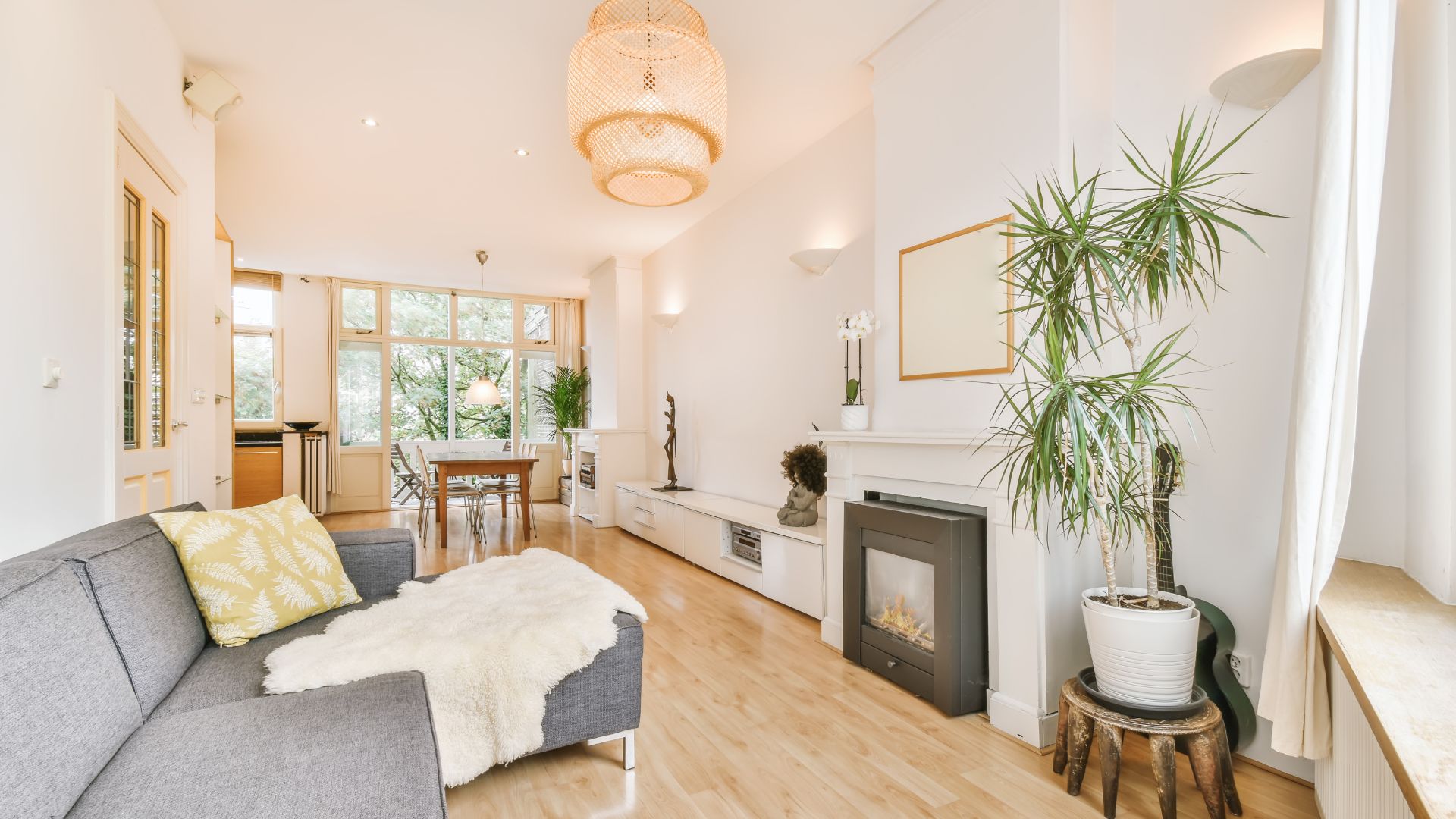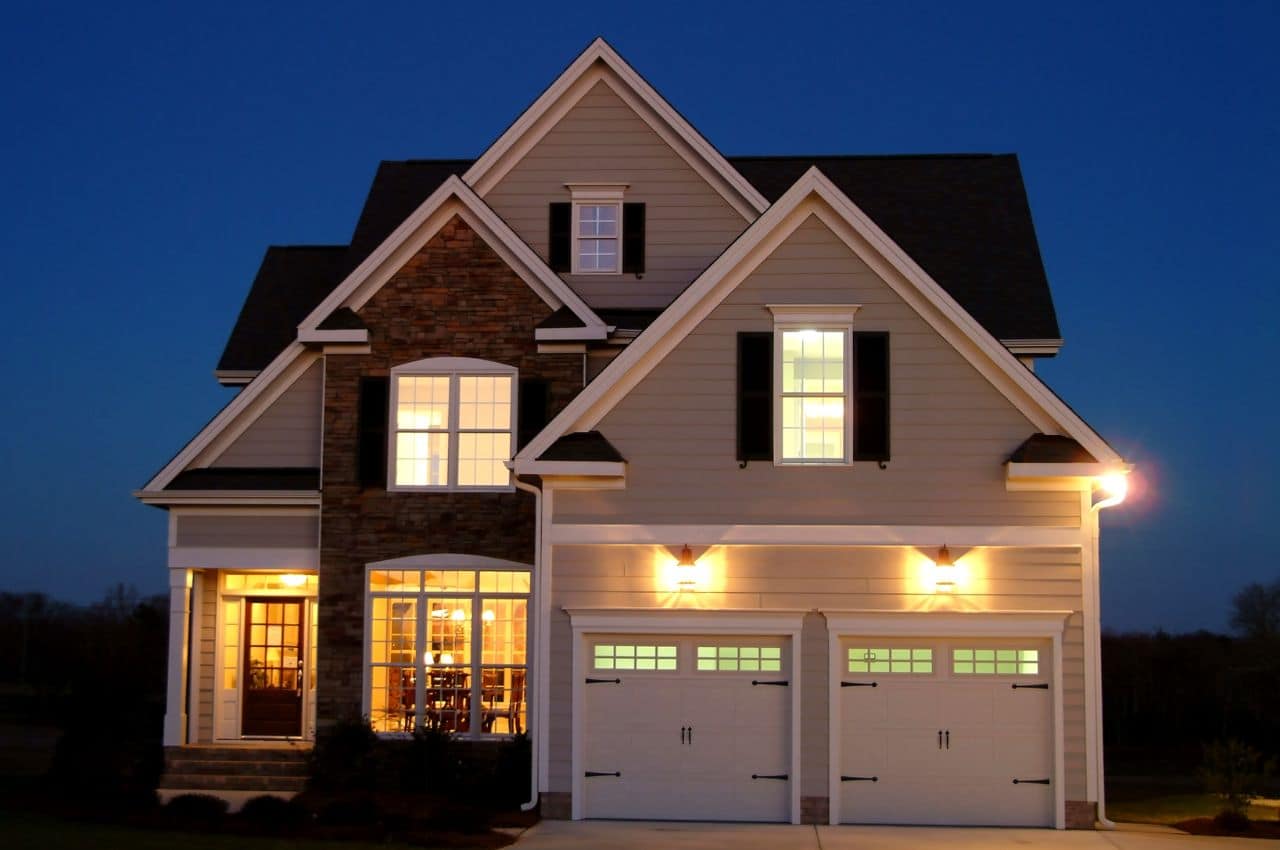Pest control insulation is a special type of insulation designed to keep pests out of your home while also providing the typical benefits of regular insulation. This kind of insulation is infused with pest-repellent substances, usually borate, which is effective against a variety of common pests like rodents, insects, and more. The insulation not only helps maintain a comfortable temperature in your home but also creates a barrier that pests find uninviting.
Think about how annoying it is to deal with pests in your attic or walls. They chew through wires, leave droppings, and generally make a mess. Pest control insulation tackles this problem at the root. By installing it, you not only make your home more energy-efficient but also less attractive to these unwanted visitors.
Why Consider Pest Control Insulation?
Pest control insulation can be a game-changer for your home or business. Pests like mice, rats, and insects can cause serious damage to your property. They chew through wood, wires, and even the insulation itself. Traditional methods of dealing with pests, like traps and sprays, often provide only temporary relief. Plus, they require constant maintenance and attention.
By integrating pest control with your insulation, you address both problems simultaneously. It’s like hitting two birds with one stone. This dual-purpose solution not only keeps your home cozy but also pest-free. The insulation works continuously, creating an environment that pests can’t tolerate. This means fewer pests, less damage, and a more comfortable living space.
Understanding the Costs
When considering pest control insulation costs, it’s essential to understand the various factors that can affect the cost. Like any home improvement project, several variables come into play.
First, the type of insulation material matters. Different materials come with different price tags. For example, cellulose insulation is often more affordable than fiberglass. However, the effectiveness against pests can vary, which might influence your choice.
The size of the area to be insulated is another significant factor. Larger areas will naturally require more materials and labor, driving up the cost. Similarly, the severity of your pest problem can also impact the price. If you have a significant infestation, more extensive measures might be needed, adding to the overall cost.
Location and accessibility of the installation area also play a role. Insulating a standard attic might be straightforward, but if you have hard-to-reach spots or need to remove old insulation first, these factors can increase the complexity and cost of the project.
Breakdown of Costs
Understanding the breakdown of costs can help you plan and budget more effectively for pest control insulation. Let’s look at the primary components:
Material Costs:
This includes the insulation itself and any pest-repellent treatments it’s infused with. As mentioned earlier, different materials will have different costs. High-quality, pest-resistant insulation might be pricier, but it can offer better protection and durability.
Labor Costs:
Professional installation is highly recommended for pest control insulation. This ensures that the material is installed correctly and covers all potential entry points for pests. Labor costs can vary based on the complexity of the job and the rates of the service providers in your area.
Additional Costs:
These can include the initial pest inspection, the removal of old insulation, and any necessary repairs to your home before installation. Sometimes, unforeseen issues might arise, such as mold or structural damage, which would need to be addressed before installing the new insulation.
Maintenance and Follow-Up Services:
While pest control insulation requires less maintenance than traditional pest control methods, it’s still wise to factor in occasional check-ups and any potential touch-ups or reinforcements over time.
Pest Control Attic Insulation Cost
When we talk about pest control insulation, the attic is often the main focus. That’s because attics are prime spots for pests to settle in. The cost of pest control attic insulation can vary based on several factors, but it’s typically one of the more significant investments in home improvement.
The attic’s size directly impacts the cost. Larger attics will naturally require more materials and more labor. Additionally, the type of insulation material you choose can affect the overall cost. High-quality, pest-resistant insulation materials might be more expensive upfront, but they offer better long-term protection and savings.
Another factor to consider is the condition of your attic. If your attic is already infested with pests, you’ll need to handle that before installing the insulation. This might include pest removal services, cleaning up droppings, and possibly repairing any damage caused by the pests. These preparatory steps can add to the overall cost but are crucial for ensuring the new insulation is effective.
Cost Comparisons
Comparing pest control insulation costs to regular insulation is essential to understand its value. Regular insulation primarily focuses on maintaining the temperature of your home. While it can be effective for this purpose, it doesn’t address pest problems.
Pest control insulation, on the other hand, offers dual benefits. It provides excellent thermal insulation while also keeping pests at bay. This dual functionality might come at a higher initial cost, but the long-term savings can be substantial. You’ll save on energy bills and avoid the recurring costs of traditional pest control methods.
For instance, a typical pest control service can cost hundreds of dollars per visit, and if you need frequent treatments, these costs add up quickly. With pest control insulation, you pay more upfront, but the ongoing costs are significantly reduced. Plus, you get the added benefit of a more energy-efficient home.
To illustrate, consider a standard attic insulation project. The cost for regular insulation might range from $1,500 to $2,500. Pest control insulation could be around $2,000 to $3,500 for the same space. While the initial investment is higher, the benefits of combined pest control and insulation often outweigh the extra cost.
Benefits of Pest Control Insulation
One of the biggest advantages of pest control insulation is energy efficiency. By properly insulating your home, you can significantly reduce your heating and cooling costs. This type of insulation helps maintain a consistent temperature inside your home, reducing the need for constant heating in the winter and cooling in the summer. This can lead to substantial savings on your energy bills.
Pest control insulation also plays a crucial role in pest prevention. By creating a barrier that pests find unpleasant, it helps keep your home free from unwanted visitors like mice, rats, and insects. This not only prevents the nuisance of having pests but also protects your home from the damage they can cause. Chewed wires, gnawed wood, and droppings are not just inconvenient—they can also be hazardous and expensive to repair.
Health benefits are another significant aspect. Pests can carry diseases and cause allergic reactions. By preventing pests from entering your home, pest control insulation contributes to a healthier living environment. You can enjoy a cleaner, safer home without the worry of pests spreading germs or causing allergies.
Installation Process
The installation process for pest control insulation is straightforward but requires professional expertise to ensure effectiveness. Here’s a step-by-step overview of what to expect:
Inspection:
A professional will start with a thorough inspection of your home to assess the current insulation and identify any pest problems. This helps determine the best course of action.
Preparation:
If there are existing pests or old insulation, these will need to be removed. The area must be cleaned and any damages repaired to ensure a proper installation.
Installation:
The new pest control insulation is installed. This involves placing the insulation in the desired areas, ensuring it covers all potential entry points for pests. Professionals use specialized equipment to apply the insulation evenly and effectively.
Sealing and Final Touches:
Once the insulation is in place, any gaps or cracks are sealed to prevent pests from finding their way in. This step is crucial for the insulation to be effective both in pest control and energy efficiency.
Professional installation is highly recommended because it ensures the job is done correctly. A professional knows how to properly assess the situation, choose the right materials, and apply the insulation in a way that maximizes its benefits.
Choosing the right pest control insulation service is also important. Look for a service provider with experience and good reviews. Ask questions about their process, the materials they use, and their track record with pest control. This will help you make an informed decision and ensure you get the best value for your investment.
Tips for Homeowners
Maintaining pest control insulation is crucial for keeping your home pest-free and energy-efficient. Regular inspections are a key part of this process. At least once a year, take a close look at your insulation. Check for any signs of wear and tear, like gaps or damage. If you spot any issues, it’s a good idea to call in a professional to handle repairs. This way, you can ensure that your insulation remains effective.
Pay attention to any changes in your home that might indicate a problem. For example, if you start noticing more pests around the house, it might be a sign that your insulation needs some attention. Also, keep an eye on your energy bills. A sudden increase could mean that your insulation isn’t performing as well as it should.
Maximizing the Benefits
To get the most out of your pest control insulation, consider combining it with other pest management strategies. Regular cleaning, sealing entry points, and using traps or baits in areas where pests are likely to enter can enhance the effectiveness of your insulation. By addressing the problem from multiple angles, you create a more comprehensive pest control strategy.
Seasonal considerations are also important. Different pests are more active at different times of the year. For example, rodents might seek shelter in your home during the winter, while insects might be more of a problem in the summer. Adjusting your pest control efforts to match the season can help keep your home protected year-round.
Wrapping up
Pest control insulation offers a fantastic way to keep your home both energy-efficient and pest-free. While the initial cost might be higher than regular insulation, the long-term benefits make it a worthwhile investment. You’ll save on energy bills, avoid the hassle and cost of frequent pest control treatments, and enjoy a healthier, more comfortable living environment.
By understanding the costs, installation process, and maintenance needs, you can make an informed decision about pest control insulation. It’s an effective solution that addresses both insulation and pest control, providing peace of mind and lasting benefits.
Ready to make your home more comfortable and pest-free? Contact Pest Share today to learn more about our pest control insulation services. Let’s get started on creating a safer, more efficient home for you and your family.







